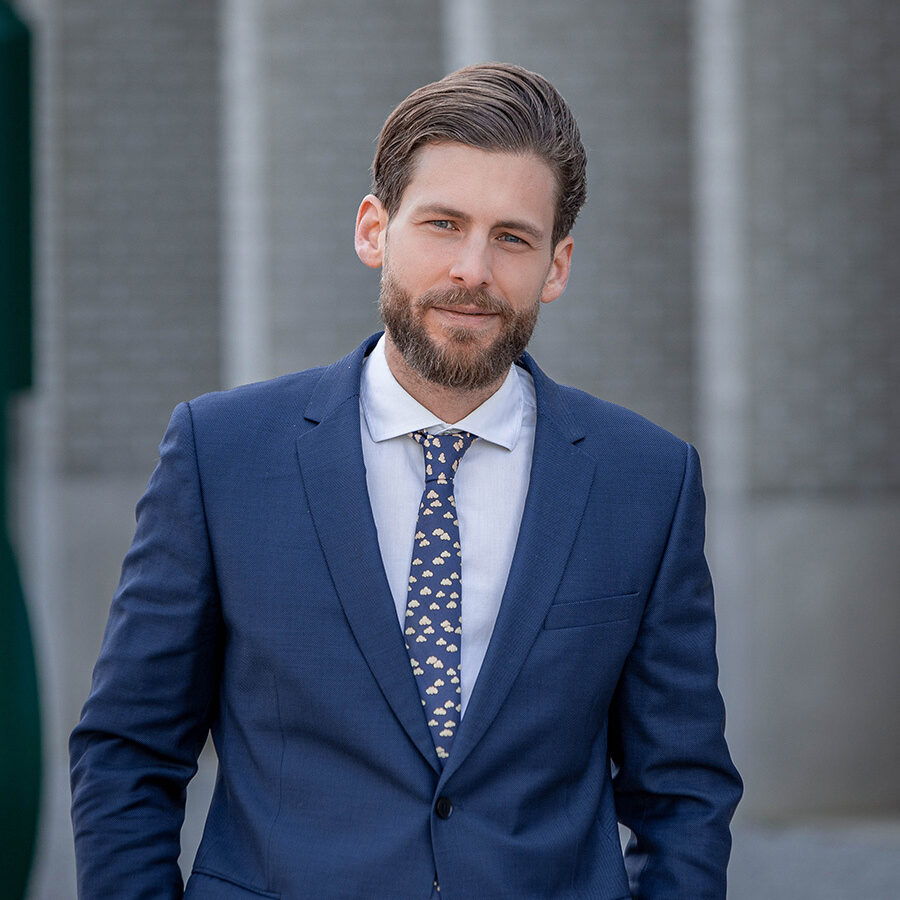Should artificial intelligence creations be protected?
Artificial intelligence (” AI “) is increasingly present in our lives. This technology is poised to revolutionize the world of advertising and even art [1]. Even more incredible, AI could change our understanding of physical phenomena [2]. The potential repercussions of these advances are exciting (or worrying for the more pessimistic).

As always with new developments, the law is one or more steps behind. A particularly thorny issue concerns the protection to be afforded to creations derived from AI. This is likely to be the subject of lengthy debate. At this point, I’ll simply outline the problem.
Intellectual property based on human limitations:
Patent law enables us to protect an inventive technical solution. Copyright protects the original expression of an idea. Both the examination of originality and inventiveness[3] are based on human capabilities. An author or inventor, because of his limited time, has to make choices about the creative approaches he wishes to pursue. This is only true to a lesser extent when these steps are taken by an AI that is capable of working around the clock and has gigantic computing power at its disposal. Once the field of research has been defined, AI is capable of testing an infinite number of hypotheses, compared with human faculties.
The first obstacle to protecting AI creations is the requirement that the inventor or author be a natural person. Indeed, many legal systems expressly exclude the author of a work from being anything other than human[4]. Similarly, the inventor of an invention under Swiss law is necessarily a human being. The European Patent Office (“EPO“) also recently issued a decision along these lines[5].
Difficulties under copyright and patent law :
In addition to the requirements for human intervention mentioned above, there are other difficulties in recognizing protection for AI creations, linked to the concepts used in copyright and patent law.
Swiss copyright law uses the concept of statistical uniqueness to assess the individual character of a work[6]. Applied to literary content, the reasoning is that it is statistically impossible for two authors to write the same paragraph to the exact word (due to the number of possible word combinations). But it’s conceivable for an AI to look for every possible turn of phrase to express an idea. It is therefore possible, even probable, for two AIs to generate identical paragraphs independently.
In Swiss law, the non-obvious nature of the invention is assessed. To deal with this problem, the EPO has developed the “could-would” approach, which involves examining whether a person skilled in the art : i) could arrive at the technical solution envisaged and ii) would have arrived at the solution envisaged, in the light of the state of the art. In other words, did the state of the art suggest a solution to the problem at hand? This approach is based on the way human thought works, through intuition and preconceptions. An AI, on the other hand, will systematically test possible solutions, making non-obviousness difficult to assess.
What are the justifications for granting protection?
As a general rule, intellectual property rights are considered necessary for innovation. Why would a company embark on a costly research and development process if its competitor could simply copy its invention? What incentive would an artist or writer have if the fruits of his labor were not protected?
However, when it comes to AI creations, the problem is different. In this case, the investment in resources and the inventiveness required are undeniably lower.
However, AI development is undeniably costly and time-consuming. This AI will certainly be protected by copyright[7]. This is unsatisfactory, however, if the AI is intended to create works of art or inventions.
How can we protect AI creations?
Protecting AI creations in the same way as human creations would disproportionately reward AI programmers. On the other hand, not protecting AI creations at all would be a brake on innovation.
I’m of the opinion that new types of protection should be created for AI creations. The duration of protection granted, and the criteria for granting it, should be adapted to take account of the specific features of AI.
At present, there is considerable legal uncertainty. Whatever solution is chosen, it is important to clarify the regime applicable to AI creations. Otherwise, it is to be feared that the development of this technology will be held back.
Provided the law adapts, we could see some incredible advances. Could human creativity be revolutionized by AI? On the contrary, should we be wary of the autonomy of such software, which could one day resemble Skynet (the AI in the Terminator movie)?
[1] An AI created 24 advertising posters for ten brands. Each batch of 24 was created in a minute, and the result is unsettling.
[2] An AI developed by Columbia University manages to solve physics problems using alternative, currently unknown variables.
[3] To use the terminology of the laws: individual character – article. 2 § 1 CopA and novelty – article 7 PatA.
[4] The Federal Court requires that the work be based on human will. Article 3 § 1 of the Berne Convention protects nationals of a member country of the European Union. Finally, in American copyright law, “non-human” creations are excluded.
[5] Specifically, the European Patent Office has indicated that the inventor named in the patent application must be a human(https://www.epo.org/news-events/news/2022/20220706_fr.html).
[6] See ATF 130 III 168 / JDT 2004 I 285
[7] For the sake of simplicity, we won’t go into detail about the possible patentability of software.

